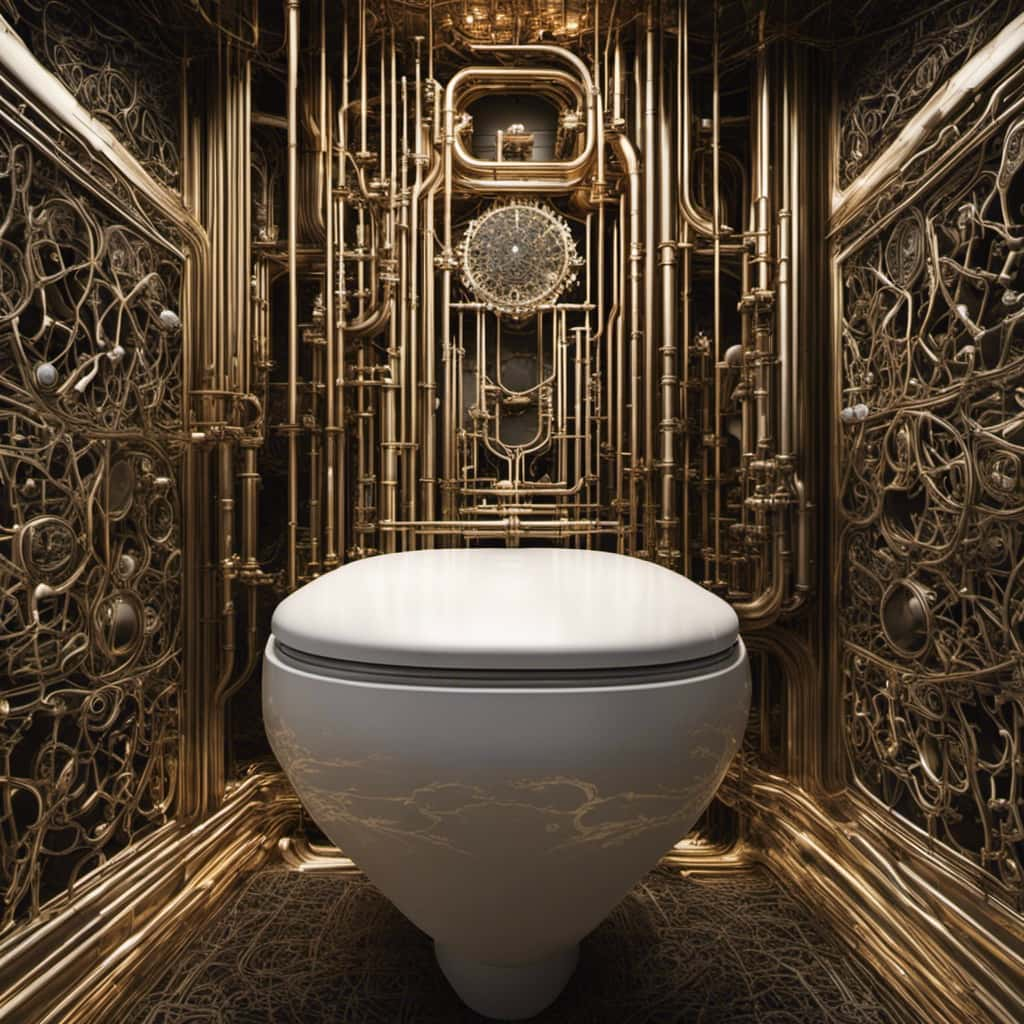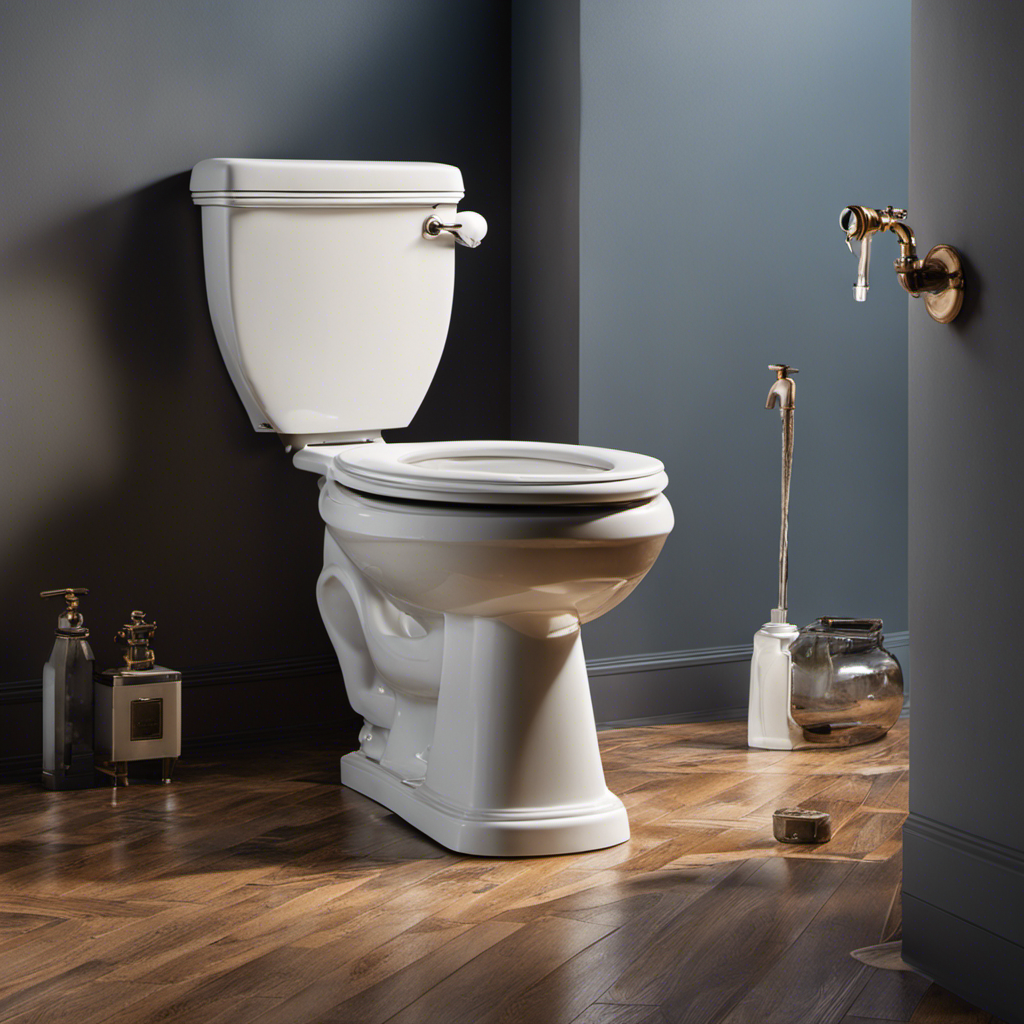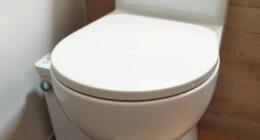Hello! Have you ever pondered on how to improve your toilet’s flushing performance? Don’t worry, we have all the information you need.
In this article, we’ll walk you through some simple yet effective steps to improve your toilet’s flushing power. From checking the water level in the tank to clearing clogs and adjusting the float valve, we’ll provide you with practical tips to ensure a smoother flush.
So, let’s dive in and master the art of a powerful toilet flush!
Key Takeaways
- Adjusting the water level and float valve can improve flushing power and waste removal.
- Regularly clean or replace the flapper to maintain optimal flushing performance.
- Clearing clogs in the trap is important for restoring smooth water flow.
- Consider using a plunger, snake, or chemical drain cleaners for stubborn clogs.
Check Water Level in Tank
To improve the flush of our toilets, we should start by checking the water level in the tank. A low water level can lead to weak flushing power and cause issues with waste removal.

To troubleshoot a low water level, first, locate the water level adjustment screw or rod on the fill valve. It’s usually located on the top or side of the valve. Turn the screw or adjust the rod to increase the water level in the tank. Be careful not to raise it too high, as it can result in overflow or constant running.
Once the water level is adjusted, flush the toilet and observe if the flushing power has improved. If not, further troubleshooting may be required.
Adjust Float Valve
Now let’s address the next step in improving our toilet flush: adjusting the float valve. The float valve is responsible for controlling the water level in the tank, and if it’s not adjusted properly, it can result in a weak or incomplete flush. Here are some cleaning techniques and troubleshooting tips to help you adjust the float valve effectively:
| Problem | Solution |
|---|---|
| Water level too low | Adjust the float valve to a higher position to allow more water to enter the tank. |
| Water level too high | Adjust the float valve to a lower position to reduce the amount of water entering the tank. |
| Float valve not functioning properly | Clean the float valve and inspect it for any damage or debris. Replace if necessary. |
Clean or Replace Flapper
When it comes to improving the flush of your toilet, one important aspect to consider is the condition of the flapper. Flapper maintenance is crucial in ensuring optimal flushing performance.
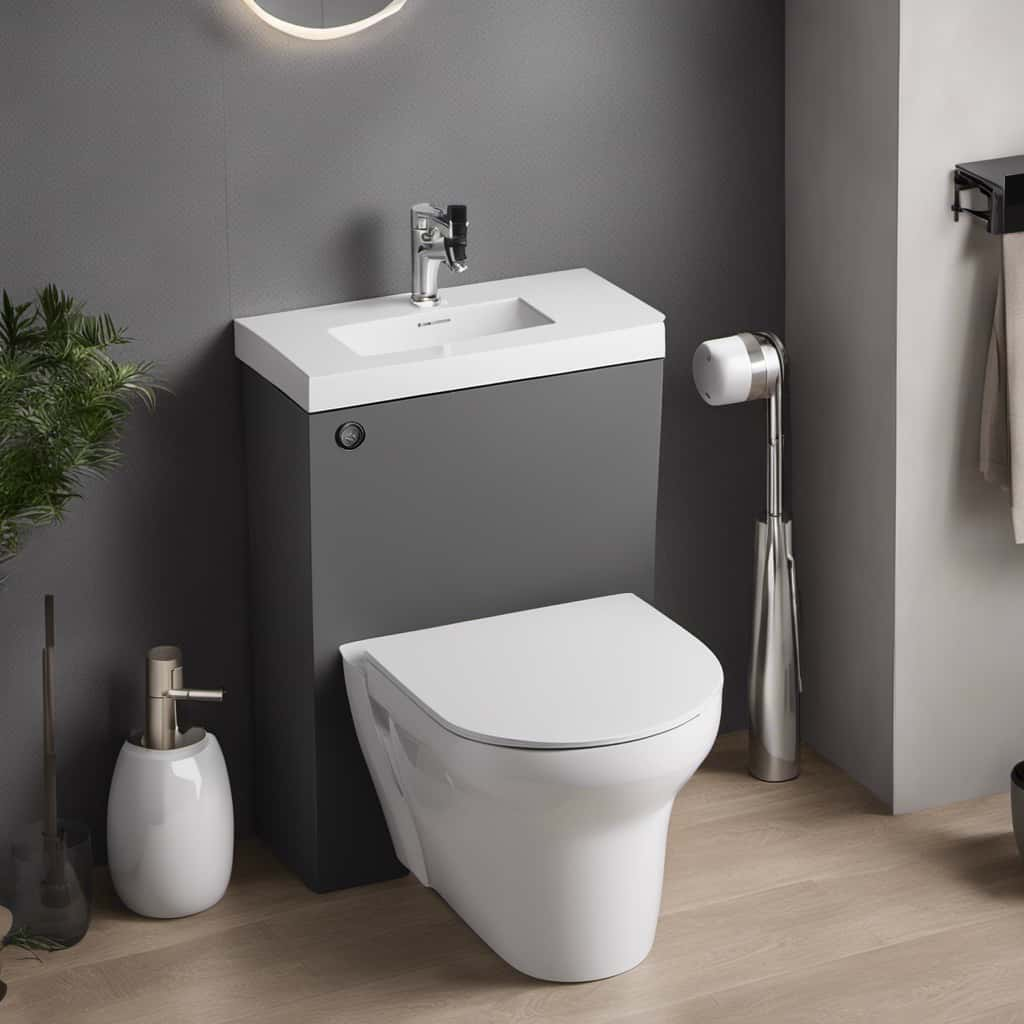
In this section, we’ll discuss some helpful tips for cleaning and maintaining the flapper. It is essential to clean the flapper regularly to remove any debris or mineral buildup that may affect its performance. One way to clean the flapper is by soaking it in a mixture of vinegar and water. This will help dissolve any mineral deposits and keep the flapper functioning properly.
In addition to cleaning, it is also important to check the flapper for any signs of wear or damage. If you notice that the flapper is cracked, warped, or has deteriorated over time, it may be time to replace it. Signs that indicate the need for flapper replacement include inconsistent flushing, water leaks, or a toilet that constantly runs.
Upgrading to a newer, more efficient flapper can have several benefits. Newer flappers are designed to provide a better seal, reducing the chances of leaks and improving the overall flush performance. They are also more durable and less likely to deteriorate quickly, saving you money on frequent replacements.
Flapper Maintenance Tips
For optimal toilet flush performance, it’s important to regularly clean or replace the flapper. Flapper replacement is a common solution for troubleshooting flapper issues such as leaks or inconsistent flushing. To maintain the flapper, start by turning off the water supply to the toilet and flushing to empty the tank.
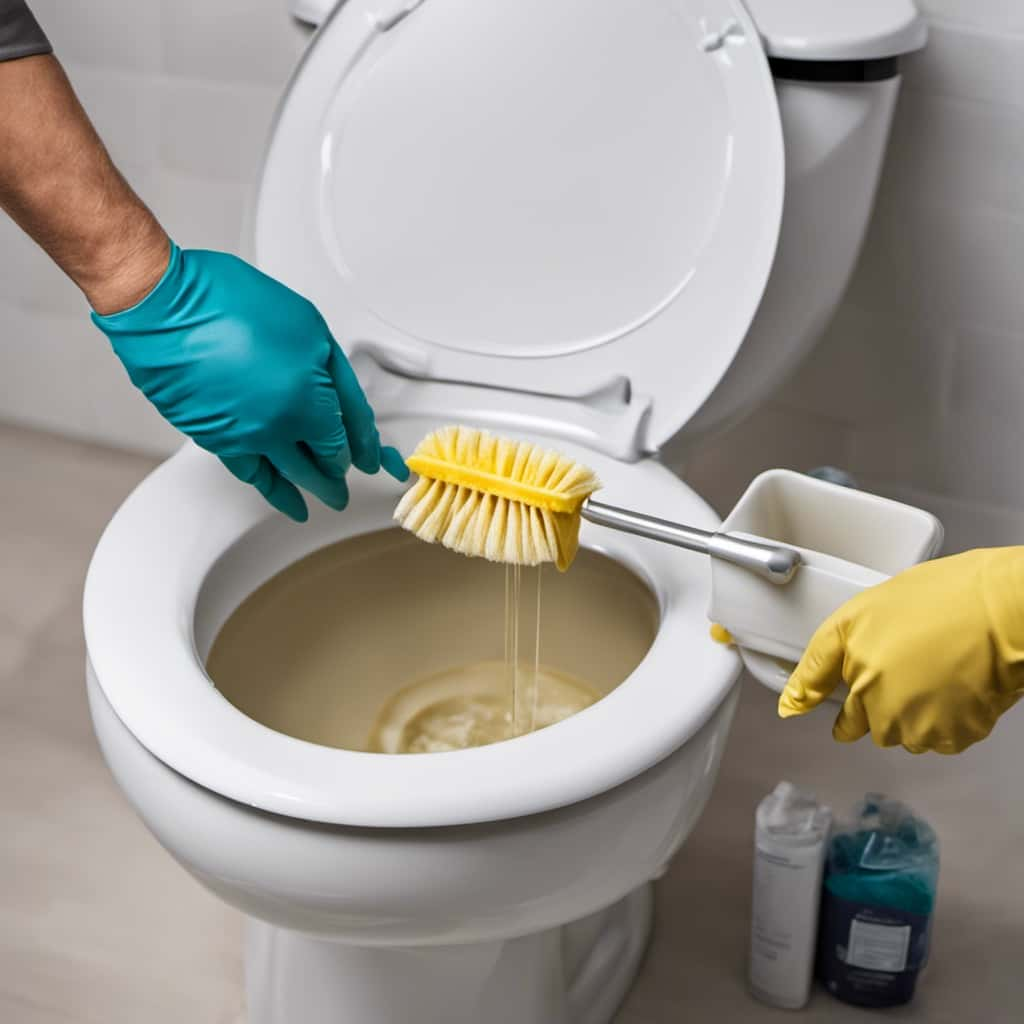
Inspect the flapper for any signs of wear or damage, such as cracks or tears. If the flapper is dirty, clean it gently with a soft brush or cloth and mild detergent. If the flapper is worn out, it’s recommended to replace it with a new one.
Regularly checking and maintaining the flapper will help ensure a better flush and prevent costly leaks.
Now, let’s move on to the next section to learn about the signs of flapper wear.
Signs of Flapper Wear
To determine if your toilet’s flapper needs cleaning or replacement, we should look out for signs of wear and tear. Here are some indicators that it may be time to replace or clean your flapper:
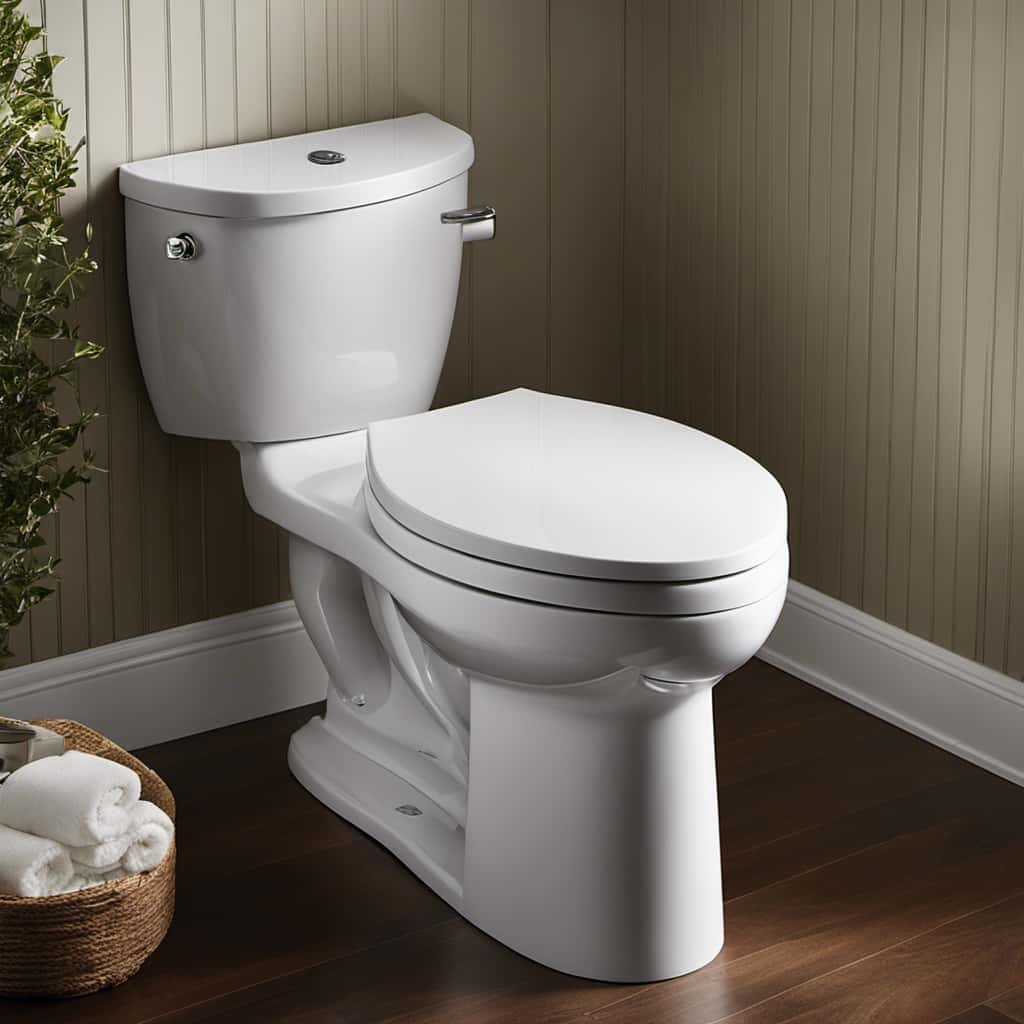
- Constant running water: If you notice that your toilet is constantly running, even when it hasn’t been flushed recently, it could be a sign that the flapper is worn out and not sealing properly.
- Weak flush: If your toilet isn’t flushing with the same power it used to, it could be due to a deteriorating flapper. Over time, the flapper can become warped or damaged, causing a weaker flush.
- Water leaks: If you notice water pooling around the base of your toilet, it could be a sign that the flapper isn’t creating a tight seal. This can lead to water leakage and potential damage to your bathroom floor.
Regular flapper maintenance is essential to ensure optimal toilet performance. If you notice any of these signs, it’s time to clean or replace your flapper to restore your toilet’s flushing power.
Upgrading Toilet Flapper
To improve the flushing performance of our toilet, we can upgrade the flapper by either cleaning or replacing it. The toilet flapper is a small rubber or plastic valve that controls the flow of water from the tank to the bowl during flushing.
Over time, flappers can become worn or damaged, leading to common flapper problems such as leaks and incomplete flushes. Cleaning the flapper is a simple and cost-effective solution that can help restore its functionality. Remove the flapper and clean it with a mild detergent to remove any debris or mineral buildup.
If cleaning doesn’t solve the issue, it’s time for a flapper replacement. Choose a flapper that matches the size and shape of your current one and follow the manufacturer’s instructions for installation. Upgrading the flapper will ensure a tighter seal and improve the flushing performance of your toilet.
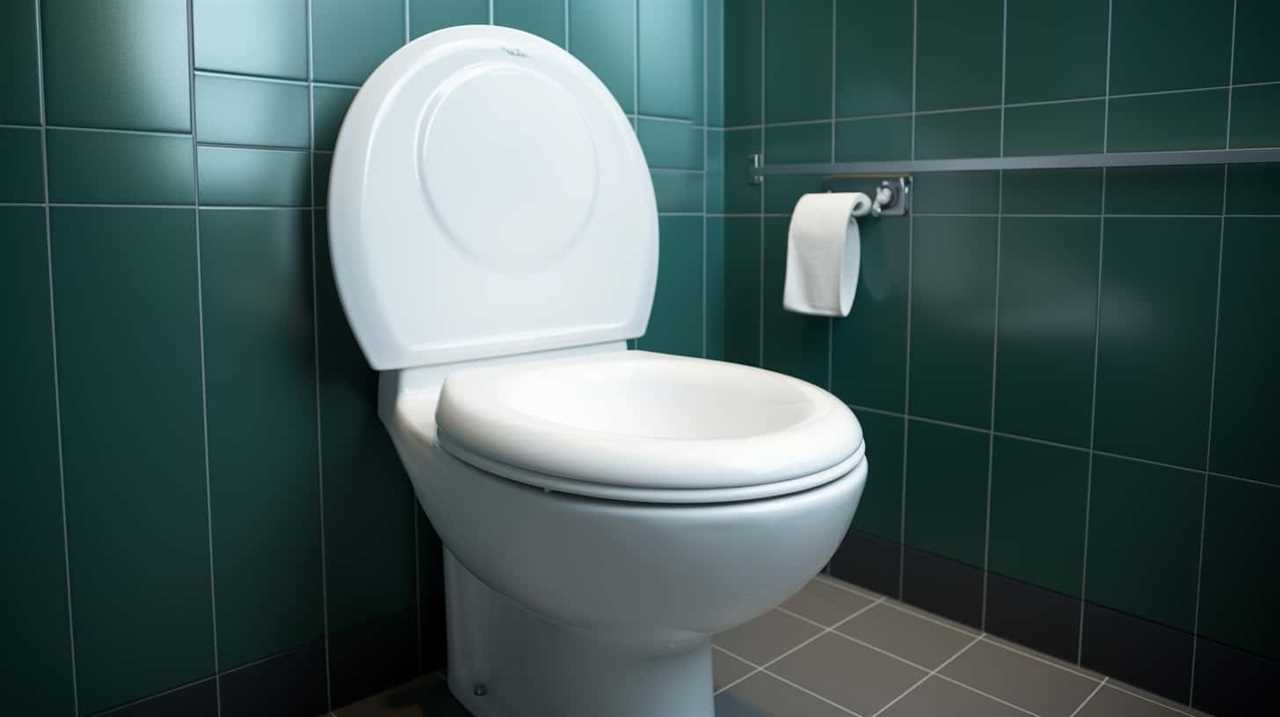
Clear Clogs in the Trap
To clear clogs in the trap of your toilet, there are a few options to consider.
First, you can try using a plunger or a plumbing snake to dislodge the clog. Both methods can be effective, but it’s important to use them properly to avoid causing any damage.
Another option is to use chemical drain cleaners, but be cautious as they can be harsh on your plumbing system and may not always be effective for stubborn clogs.
Consider these different approaches and choose the one that suits your situation best.
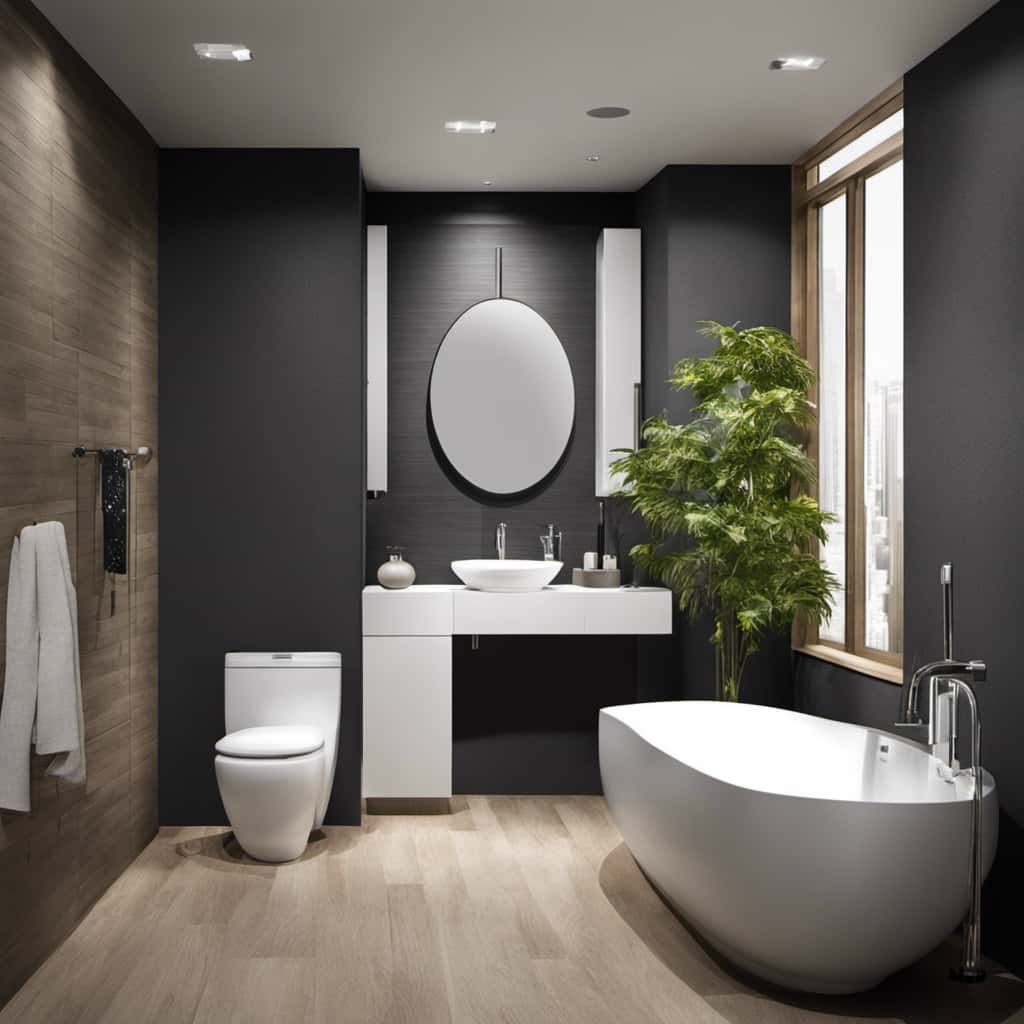
Plunger or Snake
We usually start by using a plunger or a snake to clear clogs in the trap. These are effective tools for dealing with minor blockages. However, if you don’t have a plunger or snake on hand, there are a few alternatives you can try.
- Hot water: Pouring a bucket of hot water into the toilet bowl can help loosen and flush away clogs.
- Baking soda and vinegar: Mix half a cup of baking soda with half a cup of vinegar and pour it into the toilet. Let it sit for a few minutes before flushing.
- Dish soap: Squirt a generous amount of dish soap into the toilet bowl and let it sit for a while. Then, pour hot water into the bowl and flush.
Chemical Drain Cleaners?
For clearing clogs in the trap, we can consider using chemical drain cleaners. These cleaners are powerful solutions designed to break down and dissolve stubborn clogs in the toilet’s plumbing system. However, it is important to use them with caution and follow the instructions carefully to avoid any potential damage to the toilet or harm to yourself.
When using chemical drain cleaners, it’s crucial to wear protective gloves and goggles to protect your skin and eyes from any potential splashes or fumes. Additionally, always ensure proper ventilation in the bathroom by opening windows or using an exhaust fan.
To give you an idea of how chemical drain cleaners work, here is a table that showcases some popular options and their key features:

| Chemical Drain Cleaner | Key Features |
|---|---|
| Liquid Plumr | Fast-acting formula that clears tough clogs quickly |
| Drano Max Gel | Thick gel formula that clings to clogs for better results |
| Green Gobbler Dissolve | Environmentally-friendly option that is safe for pipes |
While chemical drain cleaners can effectively clear clogs, they may not be suitable for removing toilet bowl stains. In such cases, it’s best to use specific toilet bowl cleaners or natural remedies to tackle those stubborn stains. Remember, always read and follow the instructions provided by the manufacturer when using any chemical drain cleaner.
Use a Plunger
How can we effectively unclog a toilet using a plunger? When faced with a stubborn clog, a plunger can be a lifesaver. Here’s how to use it effectively:
- Start by ensuring a tight seal between the plunger and the toilet bowl. This will create the necessary suction to dislodge the clog.
- Gently push the plunger down and then pull up forcefully, repeating this motion several times. The suction created will help break up the blockage.
- If the clog persists, try adding some water to the bowl. This extra weight can increase the pressure and aid in dislodging the obstruction.
Using a plunger is often the first line of defense in unclogging a toilet. However, if the problem persists, it may be necessary to move on to inspecting and cleaning the rim holes.
Inspect and Clean Rim Holes
To continue improving the flushing performance of our toilet, let’s now examine and clean the rim holes. The rim holes are small openings located under the rim of the toilet bowl. They play a crucial role in creating a powerful flush by releasing water into the bowl.

Over time, these holes can become clogged with mineral deposits and debris, causing weak or inefficient flushing. To clean the rim holes, start by turning off the water supply to the toilet and flushing to empty the tank.
Next, use a small brush or toothbrush to gently scrub the holes, removing any buildup. You can also try using a mixture of vinegar and water to dissolve mineral deposits.
Finally, turn the water supply back on and flush the toilet to ensure the rim holes are clear. Cleaning the rim holes is just one step in optimizing your toilet’s flushing performance.
Now, let’s move on to the next section and learn how to remove mineral deposits for an even better flush.
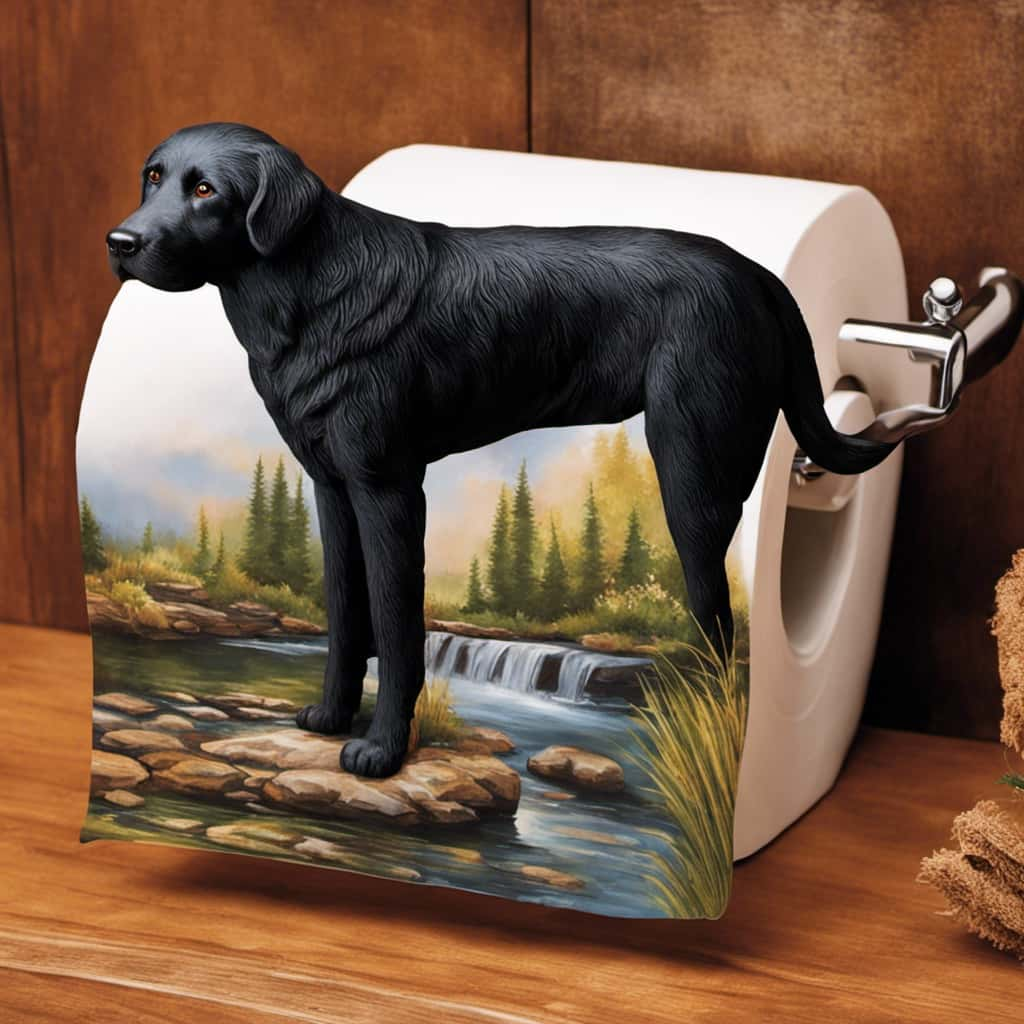
Remove Mineral Deposits
We will address the issue of mineral deposits and their impact on the toilet’s flushing efficiency. Mineral deposits can accumulate in the toilet bowl and hinder the smooth flow of water, resulting in a weaker flush. To ensure optimal flushing performance, here are some effective cleaning techniques for removing stubborn stains caused by mineral deposits:
- Vinegar and Baking Soda: Create a paste by mixing vinegar and baking soda. Apply the paste to the affected areas and let it sit for a few hours. Scrub with a toilet brush and flush.
- Citric Acid: Sprinkle citric acid powder or squeeze lemon juice into the toilet bowl. Let it sit overnight, then scrub and flush the next morning.
- Commercial Cleaners: Use a commercial toilet bowl cleaner specifically designed to remove mineral deposits. Follow the instructions on the product label for best results.
Install a Toilet Auger
One effective method to improve the flushing efficiency of a toilet is by installing a toilet auger. A toilet auger is a specialized tool designed to remove clogs from the toilet drain. It consists of a flexible cable with a coiled end and a handle for easy operation. By inserting the auger into the toilet bowl and rotating it, you can dislodge any obstructions that may be causing poor flushing performance.
Toilet augers are easy to use and can save you from the hassle of calling a plumber. However, like any tool, they may require troubleshooting and maintenance to ensure optimal performance. Here are some common issues you may encounter with a toilet auger and how to address them:
| Problem | Solution |
|---|---|
| Auger not reaching the clog | Ensure the cable is fully extended and try different angles of insertion. |
| Cable not rotating | Check if the handle is securely attached and rotate it in a clockwise motion. |
| Cable getting stuck | Gently wiggle and twist the auger while applying steady pressure to dislodge the clog. |
| Cable getting dirty | Clean the cable thoroughly after each use to prevent debris buildup and maintain its effectiveness. |
Upgrade to a High-Pressure Flush Valve
We recommend upgrading to a high-pressure flush valve for improved toilet flushing performance. A high-pressure flush valve operates differently from a dual flush system, but it offers several benefits that make it worth considering.

Here are three reasons why a high-pressure flush valve can make your toilet flush better:
- Increased water pressure: A high-pressure flush valve uses a powerful jet of water to remove waste, ensuring a thorough and efficient flush.
- Improved clog prevention: The high-pressure water flow helps to prevent clogs by pushing waste through the drain pipe more effectively.
- Better cleaning: The forceful flush of a high-pressure valve helps to clean the toilet bowl more thoroughly, reducing the need for manual scrubbing.
Consider a Dual-Flush System
When it comes to improving the flush performance of your toilet, considering a dual-flush system is a smart choice.
These water-saving toilet options provide different flush options for liquid waste and solid waste, allowing you to conserve water and improve efficiency.
Installing a dual-flush system is a relatively simple process that can be done by following the manufacturer’s instructions.
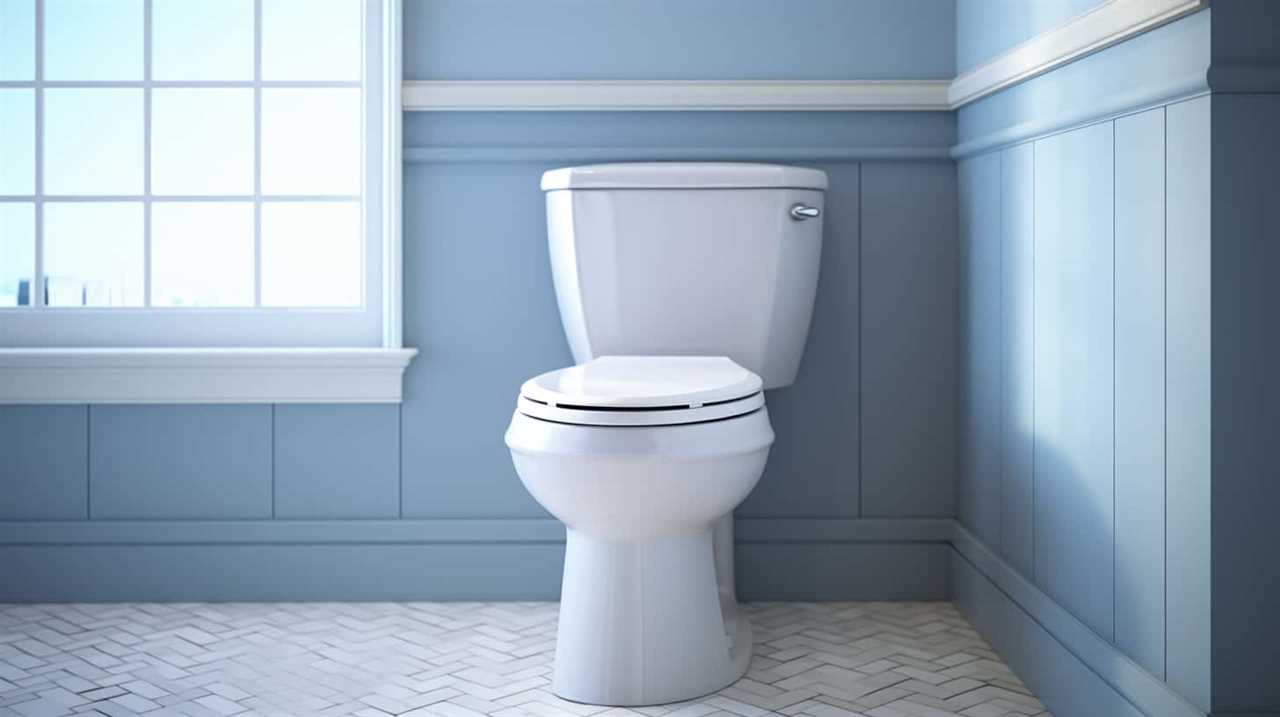
The benefits of this upgrade include reduced water usage and lower water bills.
Water-Saving Toilet Options
To improve the flushing performance of my toilet, we should consider using a dual-flush system, which allows us to conserve water. Dual-flush toilets have become popular water-saving technology in recent years, offering eco-friendly alternatives to traditional toilets.
Here are three reasons why a dual-flush system is worth considering:
- Water Conservation: With a dual-flush system, we’ve the option to choose between a full flush and a half flush, depending on the waste being disposed of. This flexibility allows us to use less water for liquid waste, reducing our water consumption and lowering our utility bills.
- Customizable Flushing Power: Dual-flush systems often come with adjustable flush settings, allowing us to customize the flushing power based on our needs. This ensures an optimal flushing performance while still conserving water.
- Environmentally Friendly: By using less water with each flush, a dual-flush system helps to preserve our precious water resources and reduce our ecological footprint. It’s a small but significant step towards a more sustainable future.
With these benefits in mind, a dual-flush system is a practical choice for anyone looking to improve their toilet’s flushing efficiency while contributing to water conservation efforts.

Installation and Benefits
For optimal installation and maximum benefits, consider a dual-flush system for your toilet. Installing a dual-flush system is a straightforward process that can be done by following a few simple steps.
First, turn off the water supply to the toilet and flush to empty the tank. Next, remove the old flush valve and flapper, and replace them with the dual-flush components. Connect the new flush valve to the water supply line and tighten the connections. Finally, adjust the water level in the tank according to the manufacturer’s instructions.
There are several advantages of installing a dual-flush system. Firstly, it allows you to choose between a full flush and a half flush, depending on the waste in the bowl. This helps conserve water by using less for liquid waste and more for solid waste. Additionally, dual-flush systems are often more efficient and reliable than traditional toilets, resulting in fewer clogs and maintenance issues.
Now that we’ve discussed the installation and benefits of a dual-flush system, let’s move on to the next topic: replacing the wax ring.
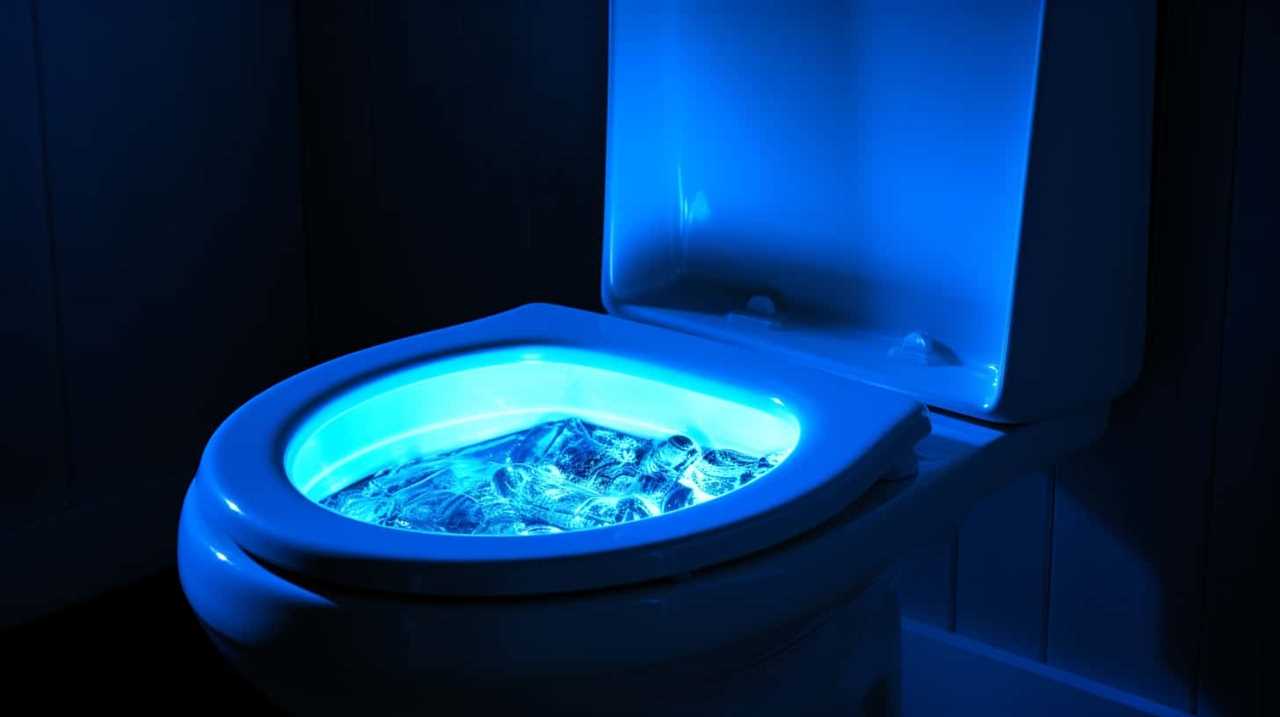
Replace the Wax Ring
We can enhance the flushing performance of our toilet by replacing the wax ring. The wax ring is a vital component that seals the connection between the toilet flange and the toilet bowl, preventing leaks and ensuring a proper flush. Over time, the wax ring can deteriorate, causing water to leak and reducing the efficiency of the flush.
To replace the wax ring, follow these steps:
- Turn off the water supply to the toilet.
- Remove the toilet by unscrewing the bolts and lifting it off the flange.
- Scrape off the old wax ring and clean the flange thoroughly.
- Place the new wax ring onto the flange, ensuring a tight seal.
- Lower the toilet back onto the flange, aligning it with the bolts.
- Tighten the bolts and reconnect the water supply.
Inspect and Repair the Fill Valve
After replacing the wax ring, we should now inspect and repair the fill valve to further improve the flushing performance of our toilet. The fill valve is responsible for refilling the tank with water after each flush. Over time, it can become clogged or worn out, leading to a weak flush or continuous running of water. To inspect the fill valve, start by shutting off the water supply and flushing the toilet to empty the tank. Remove the refill tube and check for any debris or mineral deposits. If necessary, clean or replace the fill valve to ensure proper functioning. In the table below, we summarize the steps to inspect and replace the fill valve, providing a practical guide for achieving a better flushing performance.
| Step | Action |
|---|---|
| 1. | Shut off the water supply to the toilet. |
| 2. | Flush the toilet to empty the tank. |
| 3. | Remove the refill tube from the fill valve. |
| 4. | Inspect the fill valve for debris or mineral deposits. |
| 5. | Clean or replace the fill valve if necessary. |
Improve Water Pressure
To improve water pressure, one effective solution is adjusting the fill valve. The fill valve controls the flow of water into the toilet tank, and if it isn’t adjusted properly, it can result in low water pressure.

Here are three ways to improve water pressure and increase flushing power:
- Check the water supply: Make sure the shut-off valve is fully open. If it’s partially closed, it can restrict the water flow and decrease pressure.
- Clean the fill valve: Sediment and debris can build up in the fill valve, causing it to clog and reduce water pressure. Remove the fill valve and clean it thoroughly to improve water efficiency.
- Replace the fill valve: If adjusting and cleaning the fill valve doesn’t solve the problem, it may be necessary to replace it. A new fill valve can ensure proper water flow and increase flushing power.
Seek Professional Help if Needed
If professional assistance is required, it is important to contact a plumber to address any underlying issues with the toilet’s flushing performance. Seeking professional advice can help identify and resolve complex problems that may be affecting the toilet’s flush. Plumbers have the expertise and tools to troubleshoot and fix various issues, ensuring optimal flushing performance. Here are a few troubleshooting tips to consider before seeking professional help:
| Troubleshooting Tips |
|---|
| Check the water level in the tank. If it’s too low, adjust the fill valve. |
| Inspect the flapper valve for damage or misalignment. Replace if necessary. |
| Clear any clogs in the toilet bowl or drain using a plunger or drain snake. |
Conclusion
In conclusion, by following these simple steps, you can improve the flushing power of your toilet and ensure it functions efficiently. Checking the water level, adjusting the float valve, cleaning or replacing the flapper, clearing clogs, using a plunger, replacing the wax ring, inspecting and repairing the fill valve, and improving water pressure are all effective methods.
However, if the problem persists, it may be best to seek professional help for a more thorough assessment and repair.


